The stage was set for a grand unification. In the digital ether, the great, disembodied mind of the Large Language Model was waiting, an oracle that had learned to speak our language. And all around us, in our homes and offices, a primitive digital nervous system was in place—a vast, fragmented body of sensors and actuators embedded in the walls. The two were a perfect match, a mind and a body waiting to be joined. But they were separated by a chasm of complexity, a "Tower of Babel" of incompatible devices. The ghost was ready to leave the machine, but it had no way to control the limbs.
The bridge, the spark that would finally connect brain to body, was not a new piece of hardware, but a new kind of software, a new idea about what AI could be. The shift was subtle, but its consequences were monumental. It was the shift from a passive, responsive AI to an active, goal-oriented one. It was the birth of the AI Agent.
An AI Agent is fundamentally different from a chatbot. A chatbot is an oracle; you ask it a question, and it gives you an answer. It is a conversational dictionary. An agent, on the other hand, is a doer. You give it a goal, and it creates and executes a plan to achieve it.¹ It’s the difference between asking a librarian where to find a book and asking an assistant to go check out the book, read it, and summarize it for you.
The key that unlocked this new potential was the very thing that made LLMs feel so human: their mastery of language. For the first time, a machine could understand a complex, multi-step goal stated in plain, conversational English. A user no longer had to be a programmer, piecing together dozens of "if-then" statements to coordinate their smart devices. They could simply state their intent.
Imagine the goal: "Get the conference room ready for the 2 p.m. client meeting." To a chatbot, that's a phrase to be defined. To an AI agent, it's a mission. The LLM acts as the central nervous system, the universal translator for the body in the walls. It parses the goal and creates a plan:
- Reason: "The meeting is at 2 p.m. I should make the room comfortable before then. 'Ready' implies the lights and presentation equipment should be on."
- Plan: Access the calendar to confirm the meeting's end time. Formulate a sequence of commands for the different devices.
- Act:
- At 1:45 p.m., send a command to the building's thermostat API: "Set conference room temperature to 72°F."
- At 1:55 p.m., send a command to the lighting system API: "Activate 'Presentation Mode' lighting."
- At 1:58 p.m., send a command to the AV system API: "Lower projector screen and turn on projector."
This is the moment the ghost in the machine gets its hands. The agent isn't just processing information; it's orchestrating the physical world. And in this act of orchestration, we see the ultimate fulfillment of the dream that began this entire journey. This is Ada Lovelace's "poetical science" made real. Her vision of a machine that could go beyond mere calculation to "compose elaborate and scientific pieces of music" finds its true heir in an agent that composes a sequence of actions in the real world.² This is the true universal machine that Turing imagined, one whose logic can be applied not just to symbols, but to the state of physical reality itself.
The agent was born, a powerful new form of intelligence that could finally bridge the digital and physical worlds. Its potential was proven in the lab, a ghost that could now see and act. But the final test was yet to come. What would happen when this new intelligence was let loose, not on a simulated conference room, but on the complex, chaotic, and unpredictable systems of the real world? Its first steps would not be in a robot's body, but in the most complex machines we inhabit: our buildings.
Citations:
¹ Wooldridge, Michael, and Nicholas R. Jennings. "Intelligent Agents: Theory and Practice." The Knowledge Engineering Review, vol. 10, no. 2, 1995, pp. 115-152. This is one of the foundational academic papers that defined the theory and architecture of intelligent agents. Available via Cambridge University Press.
² Lovelace, Ada. "Notes on the Sketch of The Analytical Engine Invented by Charles Babbage." 1843. In her famous "Note G," she speculates on the engine's capacity for creative and complex orchestration, the very essence of an AI agent's task. The complete translation and notes are available via university archives and online collections.
³ Xi, Z., et al. "The Rise and Potential of Large Language Model Based Agents: A Survey." arXiv, 2023. A contemporary academic survey detailing how LLMs have become the cognitive engine for a new generation of AI agents. Available to read on arXiv.

.png)



.jpg)

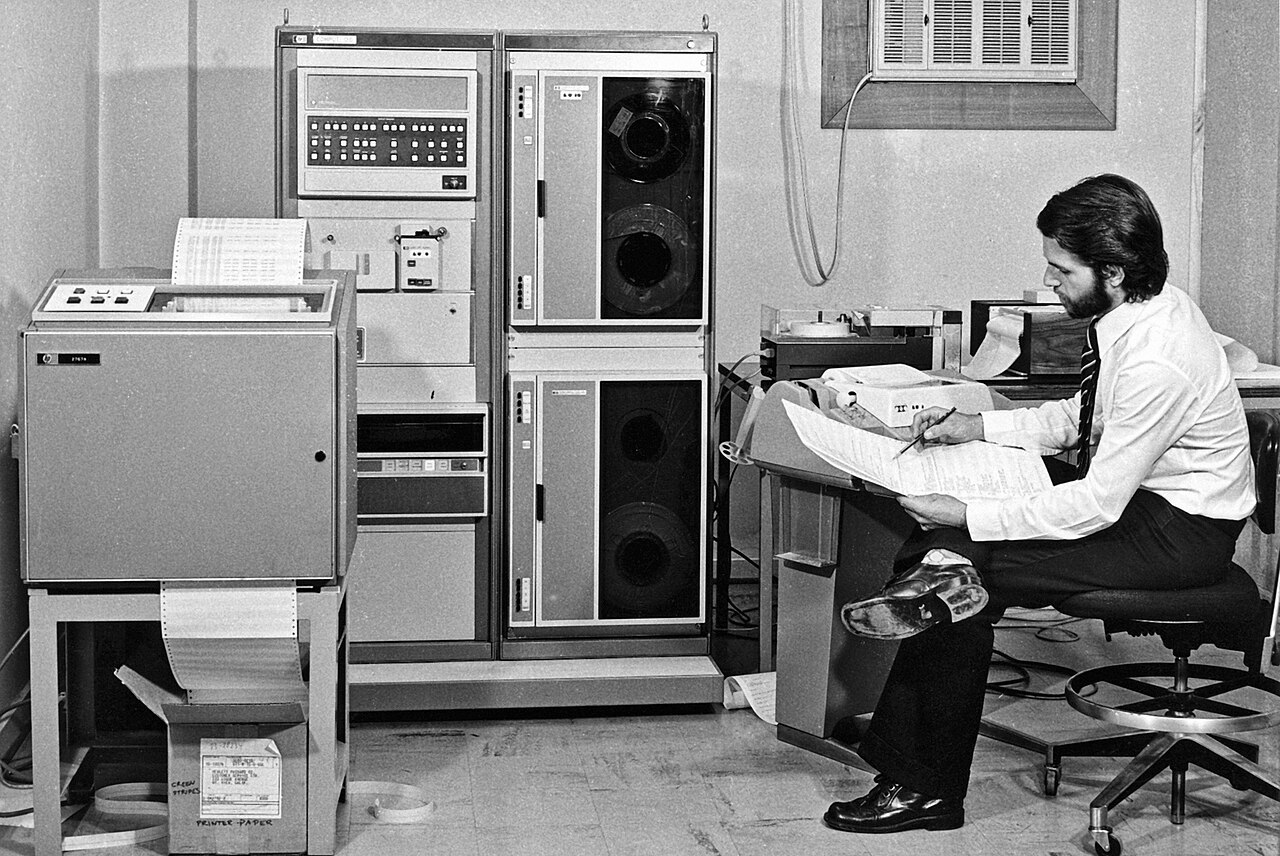
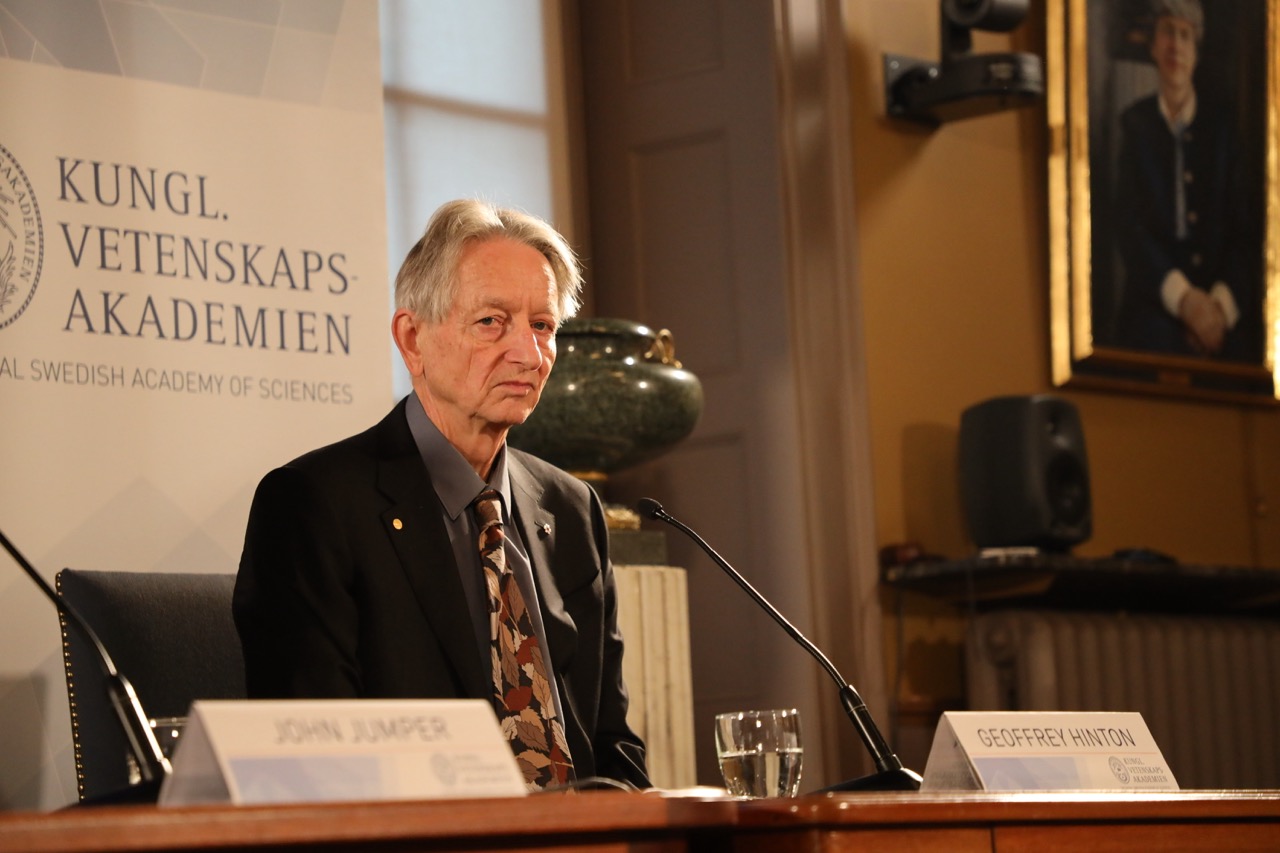
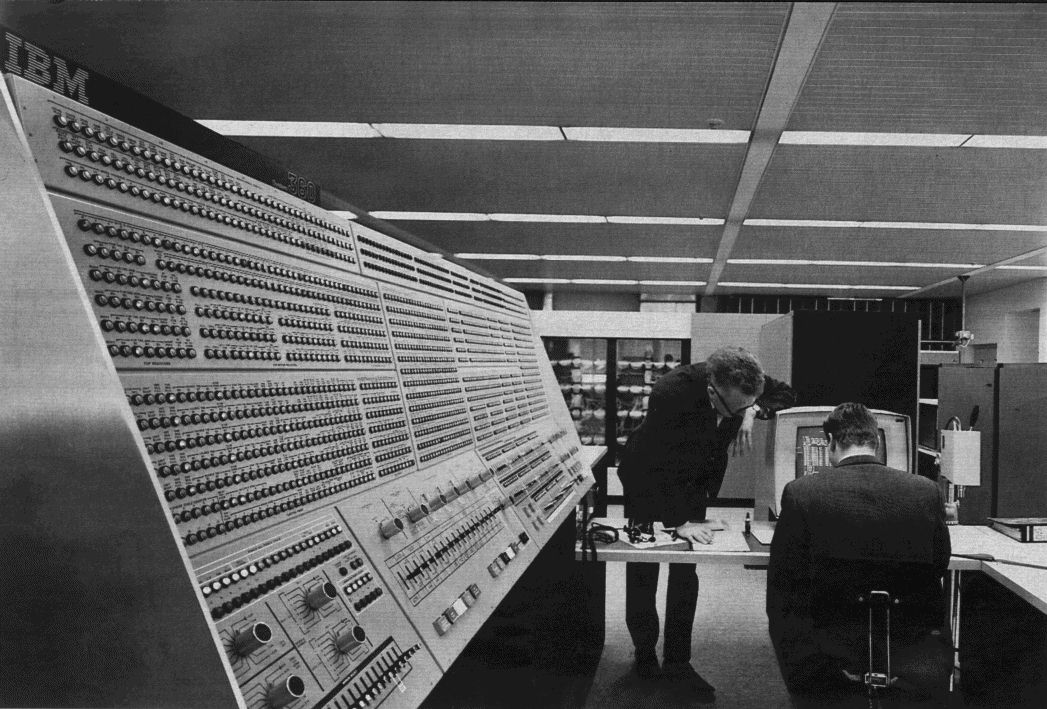


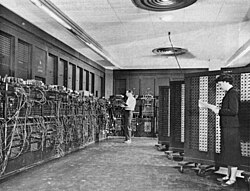
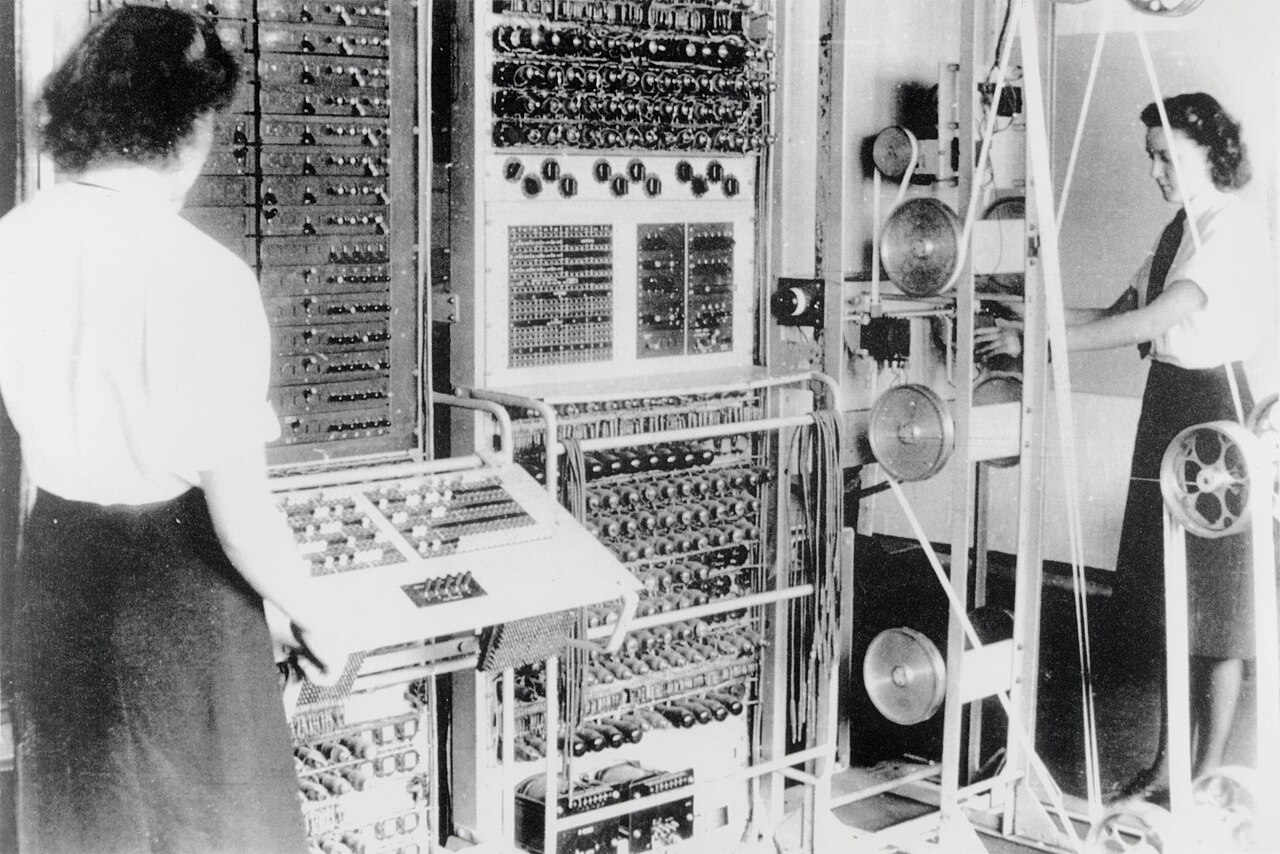

_School_-_Charles_Babbage_(1792%E2%80%931871)_-_814168_-_National_Trust.jpg)


